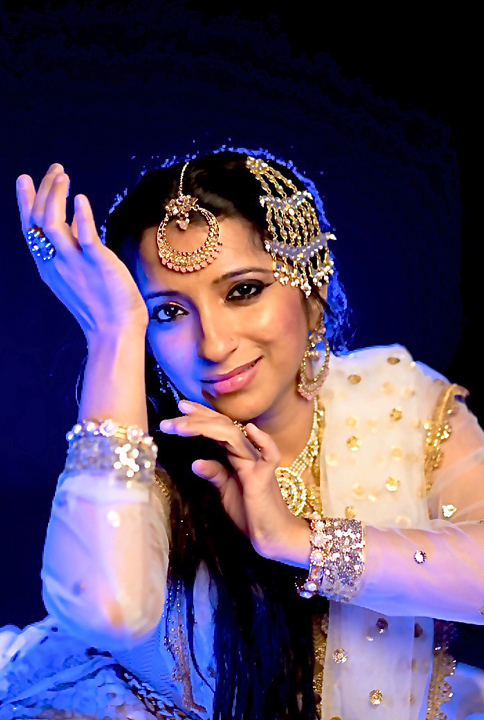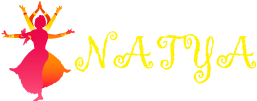RANG

Kathak Thematic Performance
Pallavi Degwekar shaikh earned Alankar (Master's) under Guru Asha Tai. In 2000, earned Visharad Purna (Bachelor's) under Guru Asha Tai. She holds a bachelor’s in Indian Philosophy from Mumbai University. She works as a teacher at Nrityavali Gurukul, which follows a structured curriculum to teach students of all ages from beginner to advanced levels. She was a director at Nrityanjali Arts, the premiere Kathak dance school in NJ. Also, she taught in Archana Arts.
Pallavi has performed in prestigious places such as Montclair State University, Colgate University, the NaadPrabha Festival in New Jersey, Consulate General of India, NY. Articulate Festival, Utsaah Festival, and many More.
Pallavi was rewarded by Hon. Dr. A.P.J Abdul Kalam Bharat Puraskar for her contributions to the Indian classical arts in 2021.
Today Pallavi ji will be presenting the following dances.
The Hindu trinity comprises Brahma, the creator, Vishnu, the preserver and Mahesh, the destroyer. Lord Mahesh, also called as Lord Shiva is often invoked with the words “Om Namah Shivaya”. The five letters in this incantation - Na Ma Shi Va Ya also represent the five elements, which are not only the composition of this cosmos, but also constitute within the human body. Na sanctifies the Earth, Ma courses through Water, the fire is invigorated in Shi, while Va rejuvenates via Air and finally, the Ya is emboldened by the Sky. Pallavi will now present a prayer to Lord Shiva that includes the phrase, “Namah Shivaya”. This hymn, called the Shiv Panchakshar Stotra, describes and praises his great persona. It verbalizes the embodiment of the whole universe within that short phrase. Each stanza of this hymn is dedicated to each syllable and each of those syllables is used to illustrate the lord – be it his beauty, his grandeur or strength. The choreography here brings forth the movements and expressions associated with the words and hence, each syllable. Because Shiva is the lord of destruction, Pallavi has used the vigor of his divine dance, called the Tandav, in the choreography and interlaced it with the serenity of prayer. In this dance, energy and dynamics have to marry narration and meditation, because devotion is a feeling that can be evoked not only when the words are chanted but also when visually depicted by including storytelling and movement. Music has been composed by Amod Kulkarni, Vocal - Chinmay Kolhatkar, Sitar - Aniruddha Joshi, Flute - Sandeep Kulkarni, Tabla - Charudatta Phadke, Pune India.
The Kathak repertoire has two facets to it - the technical and emotive. “Kathak” itself means a story teller and emotions are at the very core of the dance style. Additionally, detailed footwork, varied pirouette patterns and fluid, yet sharp movements of the arms and hands personify the dancer’s proficiency in technique. This technical artistry is hemmed around a rhythmic cycle of a specific number of beats, bringing forth the dancer’s grip over and ability in rhythm and tempo. Pallavi’s first presentation is a technical rendition set to a rhythmic cycle of 16 beats, called Teentaal. The body blossoms and unravels at a slow speed with minute and bridled movements of the torso, wrists, neck, eyes and eyebrows traversing the pulse of the composition. As the tempo builds, the presentation moves on to more elaborate and complex dance verses. Music has been composed by Amod Kulkarni, Tabla - Charudatta Phadke, Singer - Chinmay Kolhatkar, Padhant - Isha Kulkarni. Sitar - Aniruddha Joshi, Pune India.
